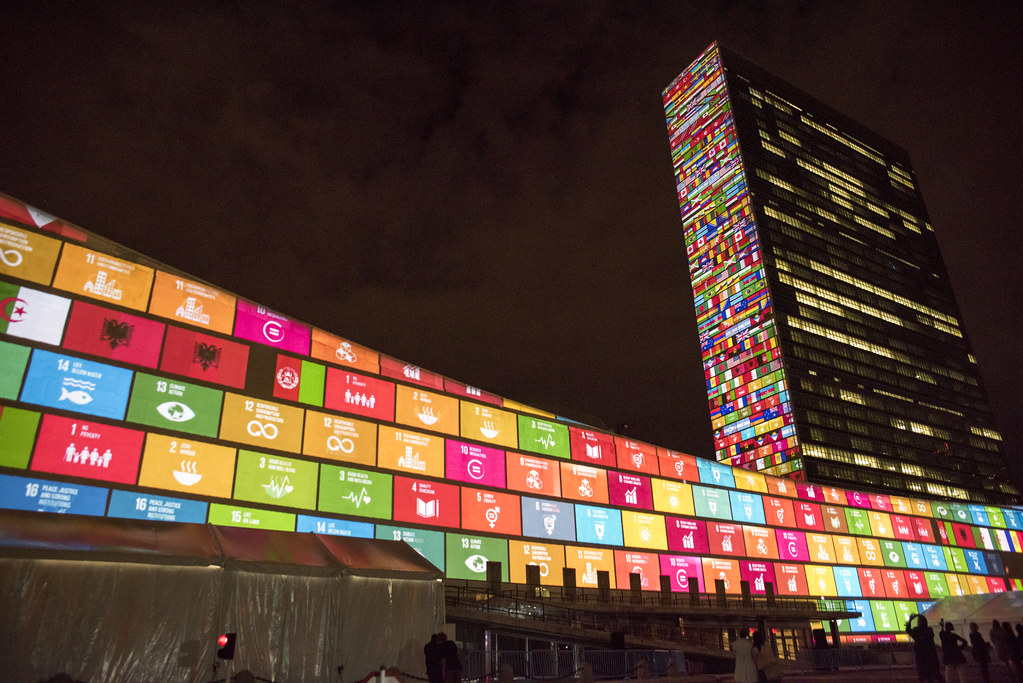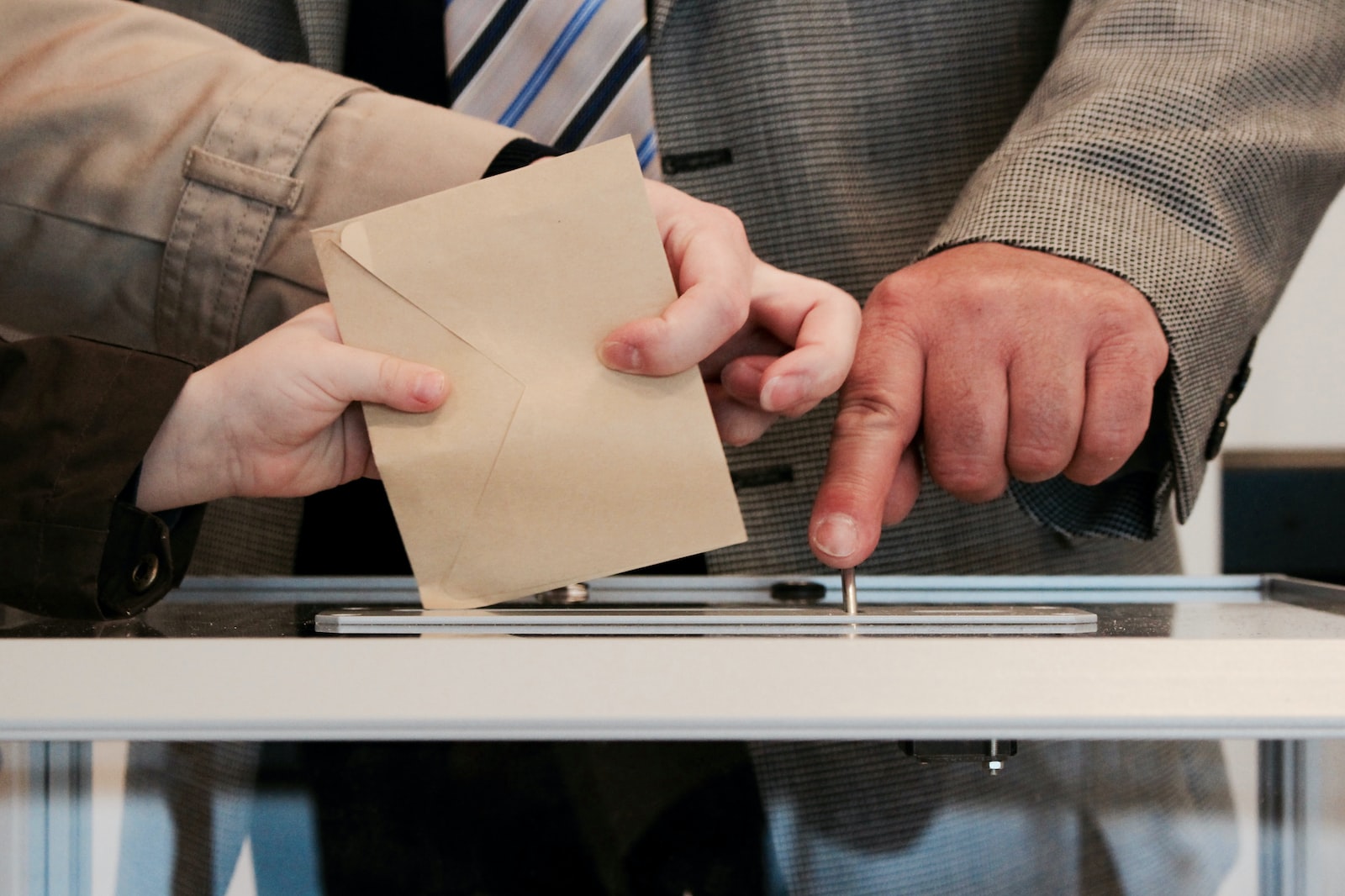Choosing the best way to educate your children and where to do it can easily overwhelm any parent when presented with many educational options and the opposing ideas that support them.
Is traditional education preferable, or should you try the Montessori approach? The best thing to do is compare and contrast Montessori vs. standard preschool to make a more informed choice.
Play-Based vs. Work-Based Learning
Play is at the heart of both conventional and Montessori pre-schools, with the main distinction being the length of play for kids in each environment. Traditional pre-schools, for instance, allow children to play in a more unconstrained fashion.
This decision is based on the idea that children may learn through play and the social interactions they have with other kids when they play. Play, on the other hand, is regarded as a child’s “job” and is a crucial component of the educational process in a Montessori environment.
Toys may be present in a typical setting, but in a Montessori classroom, the toys provided to children largely support the learning process.
Teacher-Oriented vs. Child-Oriented
A skilled professional can actively enlighten and direct students to knowledge and understanding in a teacher-centered traditional class according to a predetermined schedule.
The Montessori classroom environment is more child-centered, allowing students to learn about the world and themselves more naturally, a self-paced fashion. Teachers provide materials and activities in Montessori classrooms aimed at developing particular skills. Nevertheless, teachers watch and encourage where necessary as students choose the pace and make their discoveries.
Classroom Environment
Pre-school classrooms from the past usually had more color. Toys may be strewn on the floor or arranged on various shelves at various heights.
In Montessori classrooms, the aim is to promote curiosity and a love of learning. Classrooms are warm, tidy, and orderly to reduce distractions and allow kids to concentrate primarily on their skills.
Class Size Difference
Traditional pre-schools frequently receive many applications. Traditional pre-schools tend to tolerate better teacher-to-student ratios. Regardless of the student-teacher balance, teachers remain committed to their charges.
A smaller teacher-to-student ratio is typical in Montessori schools, allowing for greater one-on-one attention for each student. Every Montessori classroom typically has two teachers or one teacher with at least one assistant.
Group vs. Individual Work
Traditional preschools are primarily social settings. Children interact with one another through play and learning, developing bonds that may last into kindergarten, primary school, and beyond. Children learn the same things at roughly the exact same times, in approximately the same ways, and are held to the same standards in a traditional preschool. Montessori preschools place a greater emphasis on personalized instruction.
Less overall framework means that kids have more opportunities to learn at their speed. The Montessori classroom promotes more independent thinking and a “work” atmosphere. Students are still urged to work together and acquire crucial social skills that will serve them well throughout their academic careers.
That being said, if you want to enroll your child in an educational institution that imbibes the values of both Montessori and pre-school, the best nursery Montessori for this job would be the Dubai Indian School—better known as the Dubai Global Indian School. For more details, reach out or contact them at the earliest!











